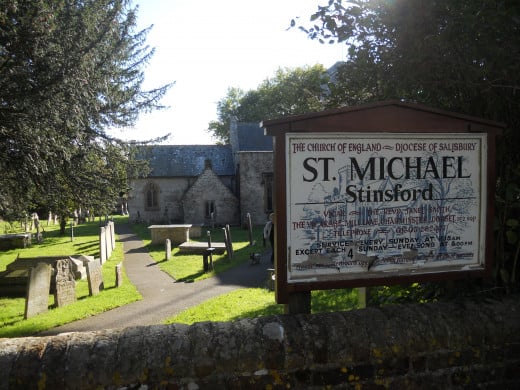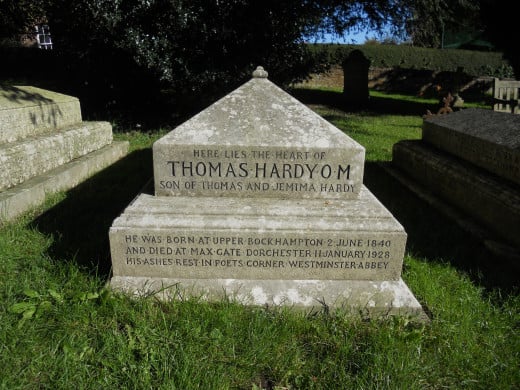Thomas Hardy: the life and the landscape that inspired his novels
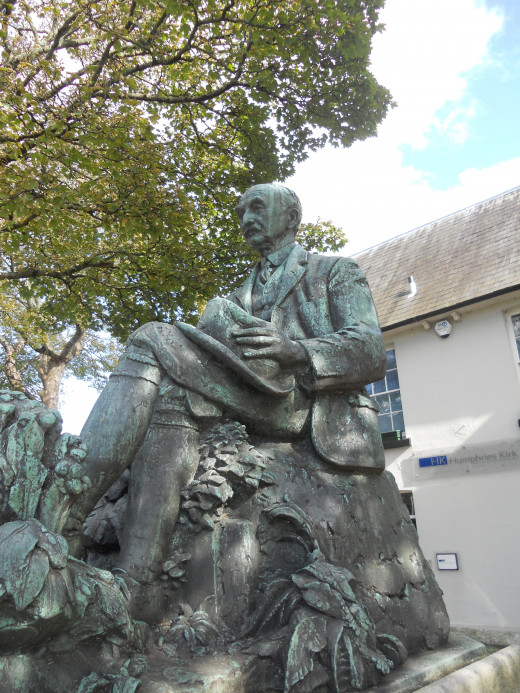
Thomas Hardy, the well loved author of such classics as Tess of the D'Urbervilles, Jude the Obscure and Far From the Madding Crowd, is well known for his Dorset roots. He famously set his novels in his native landscape, and wrote about the rural community and the lives of the country folk that he encountered in 19th century Dorset. This article explores his life in Dorset, with a brief biography, original photographs of the houses he lived in and a glimpse of the local countryside that helped to inspire his novels.
His life
Thomas Hardy was born in 1840 in Lower Bockhampton, near Dorchester in Dorset, to a working class family of stone masons. The pretty thatched cottage where he was born and raised was built by his great-grandfather in 1801, and was left to the National Trust a few years after Hardy's death, so is now open to the public. It was an idyllic rural location, set on the edge of a pretty woodland and heath. Thomas led a quiet childhood in the countryside, going to the local church on Sundays with his family and attending the local schools in Stinsford and Dorchester, where he received a good basic education. At sixteen he became an apprentice architect with a local firm in Dorchester, going on to work in London for five years, and then returning to his beloved Dorset again in 1867. Hardy started to write poetry during this period, and also began to write his first novel, The Poor Man and the Lady, which was initially rejected by publishers in 1868. He was not deterred, however, and continued to write, having his first book, Desperate Remedies published in 1871, shortly followed by Under the Greenwood Tree in 1872.
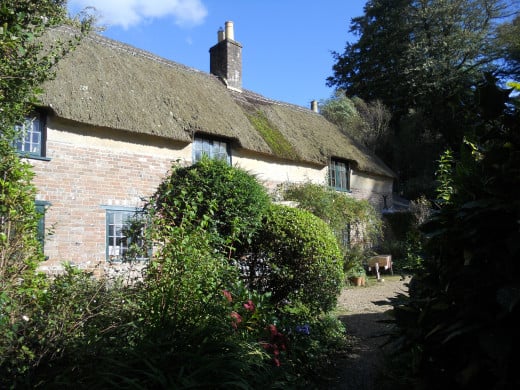
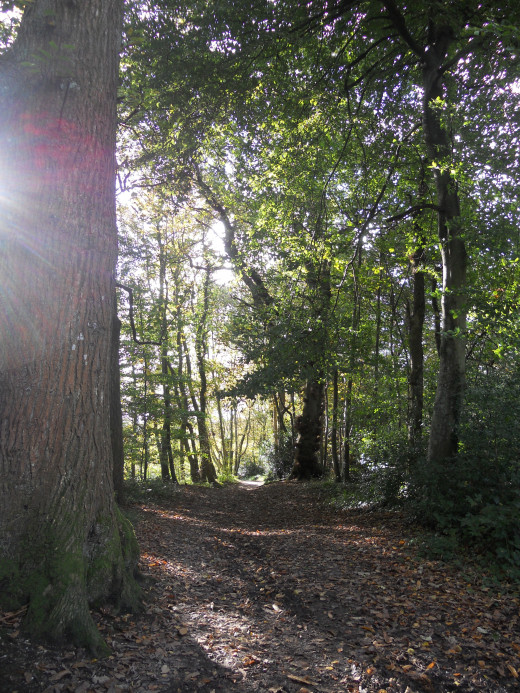
By the time he married his first wife, Emma, in 1874 he had published four novels, and was earning his living as a writer. Far From the Madding Crowd was published at around this time to huge critical acclaim and public popularity, ensuring the couple's good fortune for their married life. The couple lived in London for some years, and were very involved in the London literary society of the time, but eventually returned to Dorchester in 1885 to live in the house that Hardy designed himself, Max Gate. It was here that Thomas Hardy wrote some of his best known and best loved novels - Tess of the D'Urbervilles, The Mayor of Casterbridge and Jude the Obscure. Max Gate is also owned by the National Trust and is open to the public.
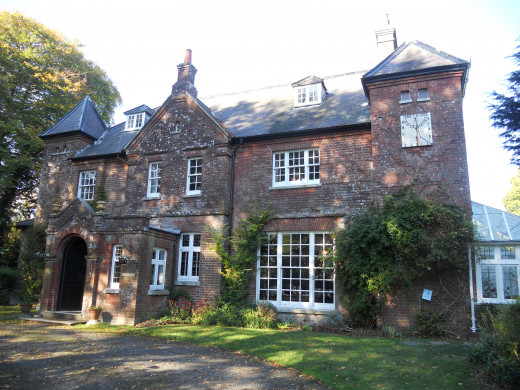
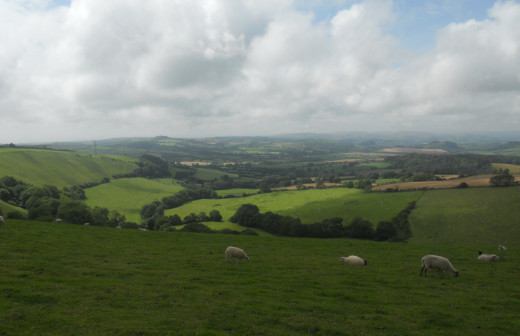
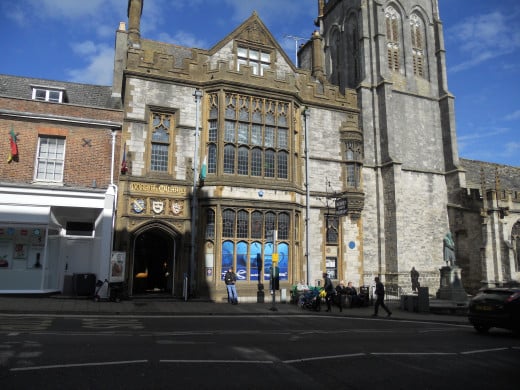
Hardy used his local towns and countryside as a backdrop for his novels, using the ancient title of Wessex for the county of Dorset, and renaming the towns with fictional names that he used throughout his novels. Dorchester, the county town, was known as Casterbridge, the setting for The Mayor of Casterbridge, while his local village of Stinsford became Mellstock, as featured in his novel Under the Greenwood Tree.
His final novel, Jude the Obscure, received mixed reviews, and caused some extreme reactions because of its criticism of the church and unconventional portrayals of relationships and marriage. This may be why he decided not to write any more novels, but to concentrate on his poetry from this point onwards. The bad press and controversy surrounding Jude had a profound effect on both him and his relationship with his wife Emma, and their relationship is said to have become strained and distant until the end of her life in 1912.
Hardy had met Florence Dugdale in 1905, and become close friends during the time of his estrangement with Emma. In 1914, two years after Emma's death Florence became Thomas Hardy's second wife, when he was 73.
Thomas Hardy died in 1928, and his heart is buried alongside his family at Stinsford church, while his ashes are buried in Poets Corner at Westminster Abbey.
